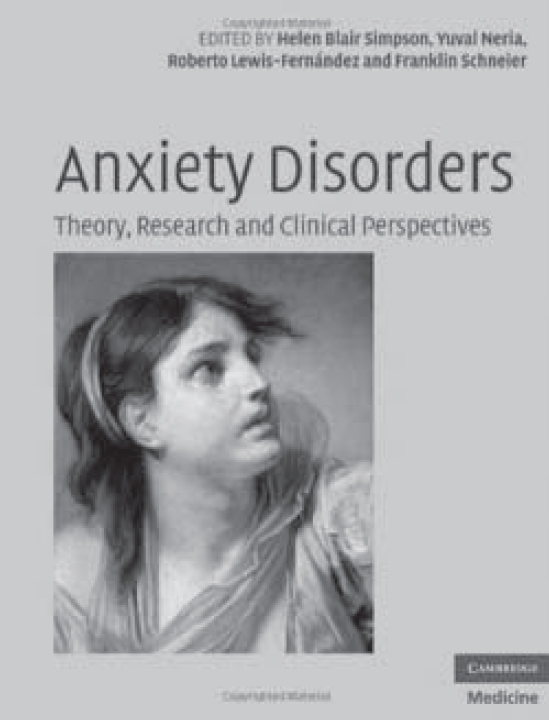
This is a thoroughly comprehensive review of all anxiety disorders. Covering the entire lifespan, it gives an excellent account of epidemiology, aetiology, treatment and current research. By also providing a historical context to the evolving clinical and research landscape, it becomes a fascinating and useful text for any clinician, researcher or student looking to expand their knowledge. Contributors from Columbia University Department of Psychiatry and New York State Psychiatric Institute offer well-researched reviews of the literature, but also a very personal account of their own research and experience. With a heavily research-oriented approach, it is not the most accessible text for those wishing to simply familiarise themselves with this area. There is, however, a useful section on treatment in primary care.
The book is broadly divided into four sections. First, an in-depth description of epidemiology is given, taking age, and geographical and cultural factors into account. The history, and future, of anxiety disorders is covered from DSM-I to DSM-5 and beyond. Psychological, biological, genetic, psychodynamic and evolutionary theories of anxiety are assigned equal prominence, and are both engaging and informative.
The two sections that follow cover aetiology and clinical descriptions of anxiety as a pathological condition. Controversies related to diagnostic validity of disorders such as social anxiety disorder are discussed. Particularly interesting sections on the usefulness and limitations of work in animal models of anxiety and their implications for clinical practice, and a detailed section on culturally bound anxiety syndromes, make this a very rich and thorough account. Discussions of important comorbidities of depression and personality disorder ensure the book is grounded in real-life clinical practice.
The final section focuses on treatment. Although not proposing to be a treatment manual, the book does provide a well-informed account of psychological and pharmacological treatments. In addition, there is a well-referenced chapter on brain stimulation techniques (electroconvulsive therapy, transcranial magnetic stimulation, deep brain stimulation and vagus nerve stimulation). The chapter on complementary treatment strategies gives the clinician an excellent grounding on which to base a well-informed discussion with patients.



eLetters
No eLetters have been published for this article.